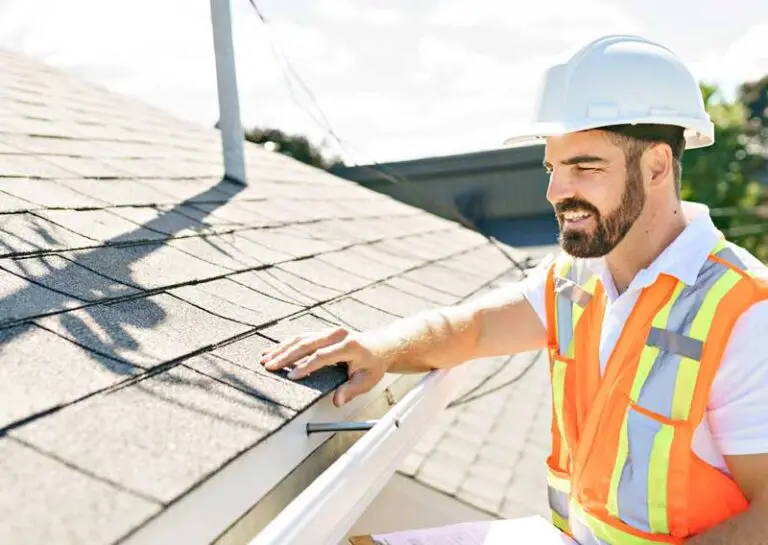Understanding Roof Replacement: A Comprehensive Guide
A roof is one of the most critical components of any building, serving as the primary barrier against the elements. It not only protects your home and its contents but also plays a significant role in energy efficiency and aesthetic appeal. Over time, however, every roof will need to be replaced due to wear and tear caused by age, weather, or damage. Understanding the process of roof replacement is essential for homeowners looking to maintain their property’s integrity and value.
When to Consider a Roof Replacement
Knowing when to replace your roof can prevent costly repairs and protect your investment. Here are key indicators that it’s time for a replacement:
- Age of the Roof: Most roofs have a lifespan between 20 to 25 years. If your roof is approaching this age, it’s wise to assess its condition.
- Shingle Damage: Check for missing, cracked, or curled shingles. Missing shingles expose your home to leaks, while curled ones can’t protect against water intrusion effectively.
- Leaks and Water Damage: If you notice water stains on your ceiling or walls, it may indicate a leak in your roof. Persistent leaks can lead to significant structural damage over time.
- Granule Loss: If you find granules from shingles in the gutters, it may mean that your roof is deteriorating.
- Moss and Algae Growth: While some growth is natural, excessive moss or algae can trap moisture and lead to rot and decay.
The Roof Replacement Process
Once you’ve determined that a roof replacement is necessary, understanding the process allows for better planning and execution. Here’s what you can expect:
- Initial Inspection: A roofing contractor will typically conduct a thorough inspection to assess the roof’s condition, which helps determine the best course of action, whether it’s a full replacement or repairs.
- Choosing Materials: With the contractor’s guidance, you can select materials that suit your budget and style preferences. Common roofing materials include asphalt shingles, metal, tile, and slate, each offering unique benefits and aesthetics.
- Obtaining Permits: Local building codes may require permits for roof replacement. Your contractor can assist with this process to ensure all regulations are met.
- Preparation and Removal: The area will be secured, and the old roof will be removed. This step may involve stripping down layers of shingles, inspecting for damage to the underlying structure, and making necessary repairs.
- Installation: Once the preparation is complete, the new roofing material will be installed. This process varies by material; for instance, asphalt shingles are laid and sealed, while metal roofing panels are fastened down.
- Finishing Touches: After the new roof is installed, gutters, flashing, and any necessary ventilation systems will also be expertly placed to provide a comprehensive roofing solution.
- Clean-Up and Inspection: Finally, the worksite will be cleaned up, and a final inspection will ensure that everything is installed properly and that there are no leftover materials or hazards.
Benefits of Roof Replacement
Investing in a roof replacement carries numerous benefits that extend beyond aesthetics.
- Improved Safety: A new roof provides peace of mind against leaks and structural failures.
- Energy Efficiency: Modern roofing materials often come with better insulating properties, potentially reducing your energy bills.
- Increased Home Value: A new roof enhances curb appeal and can significantly boost your property’s market value.
- Insurance Benefits: Some insurance companies view a new roof as a lower risk, possibly lowering your premiums.
Conclusion
Roof replacement is a significant undertaking that requires careful consideration and professional assistance. By recognizing the signs of a failing roof and understanding the replacement process, homeowners can make informed decisions to safeguard their property. Prioritizing a new roof ensures that it continues to provide the essential protection your home needs for years to come. If you suspect it may be time for a roof replacement, consult with a licensed roofing contractor to assess your options and ensure a smooth transition to a new, reliable roofing system.




